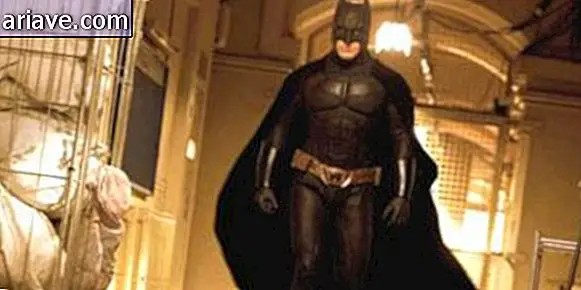Scientists find out why birds don't have pee
If you ever take a closer look at any bird - it may even be a nervous gallon like the one above - you will find that males have no penis. Although the evolutionary reason why birds have failed to develop external sex organs is still a mystery, a group of scientists has found that pipis disappear because of genetics!
With some exceptions - such as geese, ostriches and ducks, for example - birds do not have external sex organs for fertilization, ejecting semen contained in their cloacas, a hole that is also used to release urine and feces, directly in the female cloaca. However, several studies have revealed that birds have penises in the early embryonic stages, although this organ does not develop later.
Research by scientists at the University of Florida has revealed that this is due to the action of a gene called Bmp4, which triggers the action of several chemical signals that kill the developing penile cells. In fact, the action of this gene causes the controlled death of these cells, which occurs localized, right there, in the "pipi" in formation.
Where is it?

As the embryo develops, the penis shrinks into a modest bulge that can be found in birds in their adulthood. To prove that Bmp4 really is responsible for the organ's disappearance, the researchers inhibited its action in quail and rooster embryos, discovering that the animals started to develop pipis.
However, by activating the same gene in embryos of ducks and geese - birds with external sex organs - the penises of these animals disappeared during their development, poor things. With this mystery solved, researchers are now searching for the evolutionary reason for this curious feature. And if you are wondering about the importance of this, be aware that scientists believe the discovery could benefit humans.
According to the researchers, studies on embryonic development, even of species that are not very close to ours, may help to understand what happens to human fetuses while they are still inside the womb of mothers. That way, you may be able to find new ways to deal with birth defects and other deformations or even find ways to avoid them.











